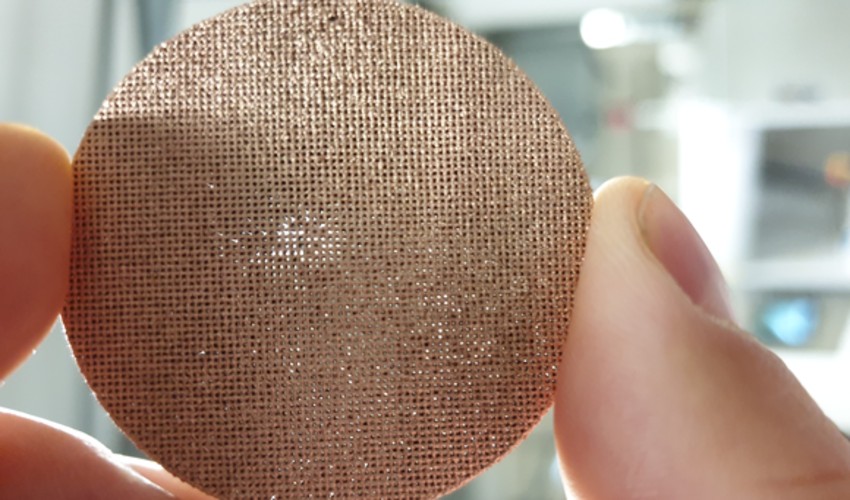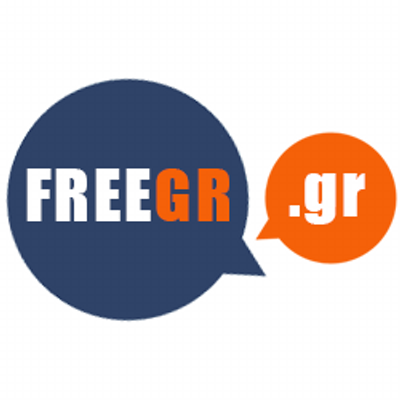Οι διαχωριστικές επιφάνειες που τοποθετούνται πλέον παντού σε καταστήματα, γραφεία, δημόσιες υπηρεσίες κλπ. ναι μεν δεν φέρνουν σε άμεση επαφή τους συναλλασσόμενους αλλά τα αμέτρητα σωματίδια που εκτοξεύονται από το στόμα των ανθρώπων προσκρούουν πάνω σε αυτές τις επιφάνειες και εκσφενδονίζονται σε κάθε κατεύθυνση διατηρώντας έτσι στον αέρα εκείνα τα σωματίδια που μπορεί να αποτελούν απειλή για την ανθρώπινη υγεία.
Ερευνητές του Πανεπιστημίου Northwestern στο Ιλλινόι στις ΗΠΑ δημιούργησαν ένα επίστρωμα που μπορεί να τοποθετηθεί σε πλέξιγκλας και γενικότερα σε οποιαδήποτε επιφάνεια. Το επίστρωμα έχει την ικανότητα να σταματά την κίνηση των σωματιδίων που πέφτουν πάνω στην επιφάνεια στην οποία είναι τοποθετημένο και άρα να εξουδετερώνει την απειλή για τους ανθρώπους.
Το βασικό υλικό αυτής της νέας επίστρωσης είναι ένα πολυμερές πολυηλεκτρολύτη το οποίο χρησιμοποιείται σε καλλυντικά και κυρίως σε κρέμες μαλλιών (κοντίσιονερ). To υλικό είναι διάφανο και παχύρευστο και μπορεί να τοποθετηθεί σε κάθε είδους επιφάνεια: πλαστική, γυάλινη, ξύλινη, μεταλλική, ανοξείδωτου ατσαλιού, μπετόν ακόμη και σε υφάσματα.
Όταν τα σωματίδια έρχονται σε επαφή με την επιφάνεια στην οποία είναι τοποθετημένη αυτή η επίστρωση κολλάνε πάνω της, ξηραίνονται και τελικά προκαλείται η απορρόφηση τους. Η χρήση προϊόντων καθαρισμού και αποστείρωσης της επιφάνειας που είναι τοποθετημένη η επίστρωση δεν δημιουργεί κάποια παρενέργεια στις ιδιότητες της αλλά αντίθετα λειτουργεί ενισχυτικά στην προστασία του τοπικού περιβάλλοντος από επικίνδυνα σωματίδια. ΝΑΥΤΕΜΠΟΡΙΚΗ

Though Covid-19 has plunged the world into an unprecedented health crisis, it has at least allowed additive manufacturing to show the general public what benefits it can bring to society. Since the beginning of the pandemic, innovations to fight against the virus have rapidly increased, and little by little, 3D printing is establishing itself as an indispensable technology. The researchers at the University of Wolverhampton certainly are not going to dispute that fact. The research group AMFM (Additive Manufacturing Functional Materials) has developed a new 3D printed antiviral material that reportedly kills Covid-19.
Made from silver, copper and tungsten, this antiviral material should be able to reduce contagion rates. The combination of these three elements, each with antimicrobial properties, would make it possible to combat surface contamination and limit the aerial spread of the virus. John Robinson, researcher at the University of Wolverhampton explains: “Our antiviral material displayed a 100% viral inactivation within five hours against a biologically-safe sample of COVID-19. This is a significant improvement on the previous copper coating results as all of the COVID-19 virus is eliminated.“ To achieve this impressive result, the research group used laser powder bed fusion.

John Robinson and the 3D printer which was used to design the antiviral material (photo credits: University of Wolverhampton)
3D printing challenges Covid-19 once again
John Robinson and his team hope that their new antiviral material will be applied in many situations. As a first step, the scientists aim to develop open-source 3D printed masks from the antiviral material, in order to democratize their innovation as much as possible. And the research team does not want to stop there. They then want to multiply the number of application cases to actively fight against the pandemic. All the more so since laser fusion on a powder bed offers a certain flexibility to the scientists especially in terms of part geometries, allowing them to constantly improve on their model.




0 Post a Comment:
Δημοσίευση σχολίου